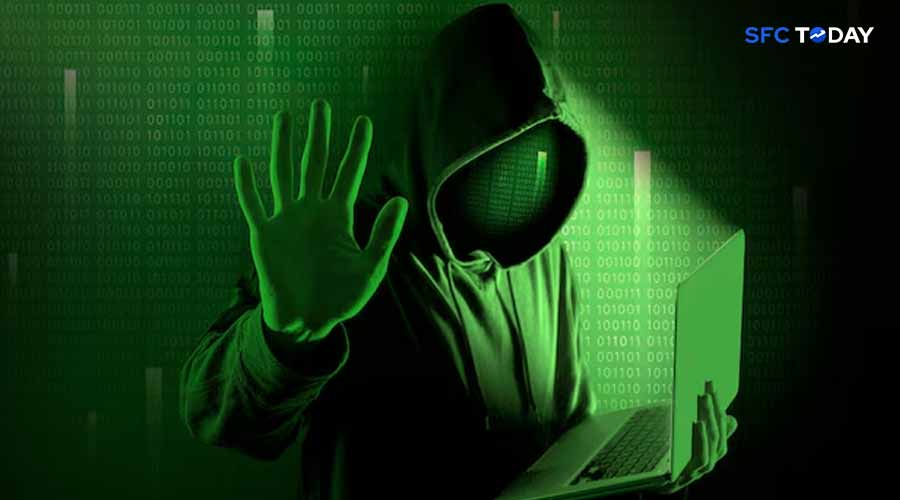Ransomware-as-a-Service: The Dark Web’s Booming Business Model
Introduction
Ransomware attacks have been increasing in the last few years, and businesses and individuals have been victims of highly advanced cybercriminals who demand huge ransoms to restore their compromised systems. The advent of Ransomware-as-a-Service (RaaS) has only increased the frequency of such attacks, and the dark web has become a hub for cybercrime. This article discusses the RaaS business model, how it operates, its impact on cybersecurity, and how to minimize its threats.
What is Ransomware-as-a-Service (RaaS)?
Ransomware-as-a-Service (RaaS) is a business model in which professional cybercriminals offer ransomware software to less technically savvy individuals for them to carry out ransomware attacks. This “as-a-service” model imitates legitimate Software-as-a-Service (SaaS) platforms, in which customers pay a fee to use services and tools. In the case of RaaS, hackers provide an environment where criminals can disseminate ransomware with little technical proficiency. These criminals, also known as “affiliates,” pay a percentage of the ransom they receive to the developers, earning them a very profitable cybercrime ecosystem.
The Thriving Dark Web Marketplace
Dark web is a fertile land for criminal enterprise at this point, and RaaS activities are booming. RaaS kits are sold on dark web marketplaces, enticing many kinds of cybercriminals, ranging from novice to seasoned hackers. All such kits include simple-to-use dashboards, easily adjustable ransomware templates, and guidebooks telling people how to go about all this, thereby enabling non-sophisticated tech users to carry out the use of ransomware with unprecedented convenience. Cheap pricing and dark-web anonymity form an attractive offer to cyber-scum who can gain easy profits.”.
The RaaS service has been in huge demand because it has a minimal barrier to entry. The attackers no longer need to be able to program or have security expertise to attack. This simplicity has resulted in more and more ransomware attacks being witnessed globally. Even those operating the RaaS business offer customer service, patches, and even money-back guarantees, so the ransomware attack is now easier, a systematic, scalable process.
How RaaS Compromises Cybersecurity
The introduction of RaaS has raised the stakes for individuals, governments, and organizations. Ransomware can paralyze businesses by withholding access to their systems, halting operations, and demanding huge sums in cryptocurrency to regain access. Some attacks involve “double extortion,” with attackers threatening to publish sensitive data unless the payment is made.
RaaS is particularly difficult for cyber security because of its widespread prevalence. It has brought cyber crime within reach of novice attackers as well, allowing them to cause significant damage. All these attacks continue to overwhelm security operations and IT teams, forcing them to keep improving their defenses.
RaaS attacks have also targeted verticals such as health care, financial services, and critical infrastructure upon which downtime or data compromise will have devastating outcomes. Rampant ransomware attacks also bring direct financial loss, legal ramifications, and damage to reputation for entities that get compromised.
Examples of RaaS attacks in real-life scenarios
Several high-profile ransomware attacks have been linked to RaaS platforms. The Colonial Pipeline attack in 2021, which led to fuel shortages across the United States, was linked to a RaaS group known as DarkSide. Similarly, the REvil ransomware gang, which has targeted global companies like JBS and Kaseya, operated an RaaS business model.
These attacks demonstrate the potential size and harm of RaaS. With these sites growing, so too will their technology and reach, endangering further the safety of cyberspace.
Conclusion
Ransomware-as-a-Service is a dynamic cybercrime landscape that empowers anyone to deploy devastating ransomware attacks. The booming marketplace of the dark web offers low-cost, accessible ransomware kits that endanger both businesses and individuals alike. In order to fight this growing threat, businesses must spend money on cybersecurity, refine their defenses on a regular basis, and educate their employees in an effort to minimize vulnerabilities. As RaaS continues to grow, staying ahead of these attacks will be critical to protect against the increasing threats of ransomware.








